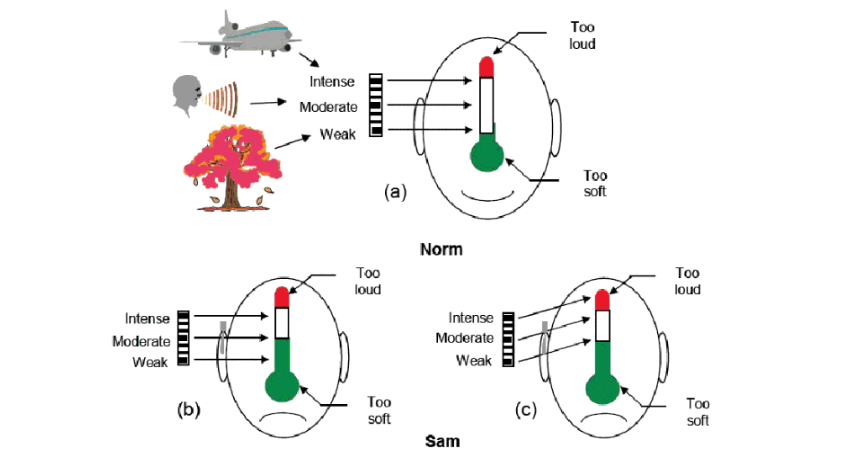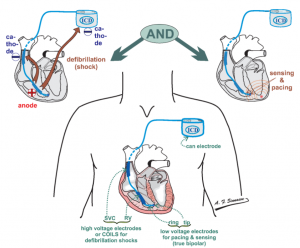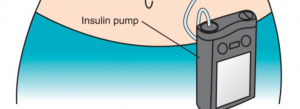
In this article I will discuss Medical Devices Created by Electrical Engineers Ever since technology has always tried its best to facilitate and work on health issues. There are many medical devices that are implanted in human bodies that have helped to save many human lives. Let us discuss some important medical devices designed by engineers that are being used for serving humanity.
Cardioverter Defibrillator
This device is used by heart patients. In order to avoid heart attack or heart failures, this devices sends electricity jolt to the heart if needed. But there are some concerns that need to be addressed. For example if the device causes some infection in the body or batteries need to be replaced then we need other approaches for tackling the problem.
One approach is to make that implantable device smaller which will not only decrease the chance of infection but it will also consume less power. This will be even more powerful so the need of replacing the batteries will be removed.
Another approach is to power up these devices wirelessly with the main target of keeping their sizes small. They can be around in millimeters or below.

Insulin Pumps
We all are well familiar with diabetic problem. Almost 1 out of 10 people is suffering from it specially in Asian countries. Diabetic is caused because of deficiency of insulin. Insulin pumps are designed specially for the diabetic patients. They pump the specific amount of insulin in your body at a precise time. These insulin pumps deliver insulin to your body in very small amount like in micro blouses. There are two ways to deliver insulin to your body:
First one is the Basal rate in which pre-programmed amount is delivered to the body.
Second one is Bolus: In this way, the amount of insulin injected depends on the food taken or concentration of glucose in your body. This could be on immediate basis or it may be given over a specified period of time.
Insulin pumps can deliver small dose of insulin over the pre-programmed timings thus avoiding the insertion of needle every time. Another advantages of insulin pumps over insulin pens or syringes is that you can control the amount of dosages very precisely hence avoiding the over dosage of insulin. This is really helpful for the young diabetic patients who are sensitive towards the dose.

Hearing Aid
A battery-operated electronic device with the goal of improving hearing, a hearing aid. They can make some sounds louder and are small enough to wear in or behind your ear. They could enable you to hear more clearly in both calm and loud environments. Here is how they function:
- Sound around you is picked up by a microphone.
- The sound is amplified to increase volume.
- Amplified sounds are sent to you by a receiver.
Hearing aids are not appropriate for everyone with hearing loss. However, just one in five individuals who may use improvement wear them. The majority of the time, they’re for patients whose inner ears or the nerve that connects the ear to the brain have been damaged.
Types of Hearing Aids
Determine which style of hearing aid will suit you the best, as well as any specific features you require, by consulting an audiologist. What device is best for you depends on:
- Your age and the kind and severity of your hearing loss
Your ability to handle small devices - Your cost of living.
- The cost of the gadgets ranges widely, from hundreds to thousands of dollars.
Hearing aids come in two primary categories:
Analog Hearing Aids
With analogue hearing aids, sound waves are converted into electrical impulses and amplified. They often cost less and feature straightforward volume settings.
Digital Hearing Aids
Digital hearing aids increase sound waves after they have been converted into numerical codes like computer codes. The code contains details about a sound’s volume or frequency as well as its direction. This makes it simpler to tailor the sound to your needs, whether you’re in a stadium, a restaurant, or a quiet room. Most will automatically adapt. Although this sort of hearing aid is more expensive than an analogue one, the outcomes are considerably better. Additionally, they are more potent and smaller.
Hearing aids for canals fit into your ear and are more difficult to see. Your particular ear canal is fitted by an in-the-canal (ITC) hearing aid. An entirely-in-canal (CIC) device is tiny and almost undetectable in your ear. Either type can benefit those with mild to moderate hearing loss. However, due to their size, they may be more difficult to install and remove. Children or people who could struggle with tiny gadgets are not the best candidates for this form of hearing aid. The ability to notice an invisible-in-canal (IIC) aid is quite difficult. It can be a device you wear for several months at a time or something you put in every day.

Also read here
- Discuss the MOSFET fabrication and Behavior in detail
- How to design a 4 bit magnitude comparator circuit? Explanation with examples
- What is the magnitude comparator circuit? Design a 3 bit magnitude comparator circuit
- What are the synchronous counters? Explain with an example.
- what are the half adder and full adder circuits?
- what are the half subtractor and full subtractor circuits?
- How to design a four bit adder-subtractor circuit?
- What are number systems in computer?
- Discuss the binary counter with parallel load? Explain its working with an example
- how to draw state diagram of sequential circuit?
- How to simplify a Boolean function using Karnaugh map (k-map)?
- What are the flip flops and registers in digital design?
- Define fan-in, fan-out, CMOS and TTL logic levels
- what is the Canonical form representation of Boolean function?
- What is difference between latches and flip flops?